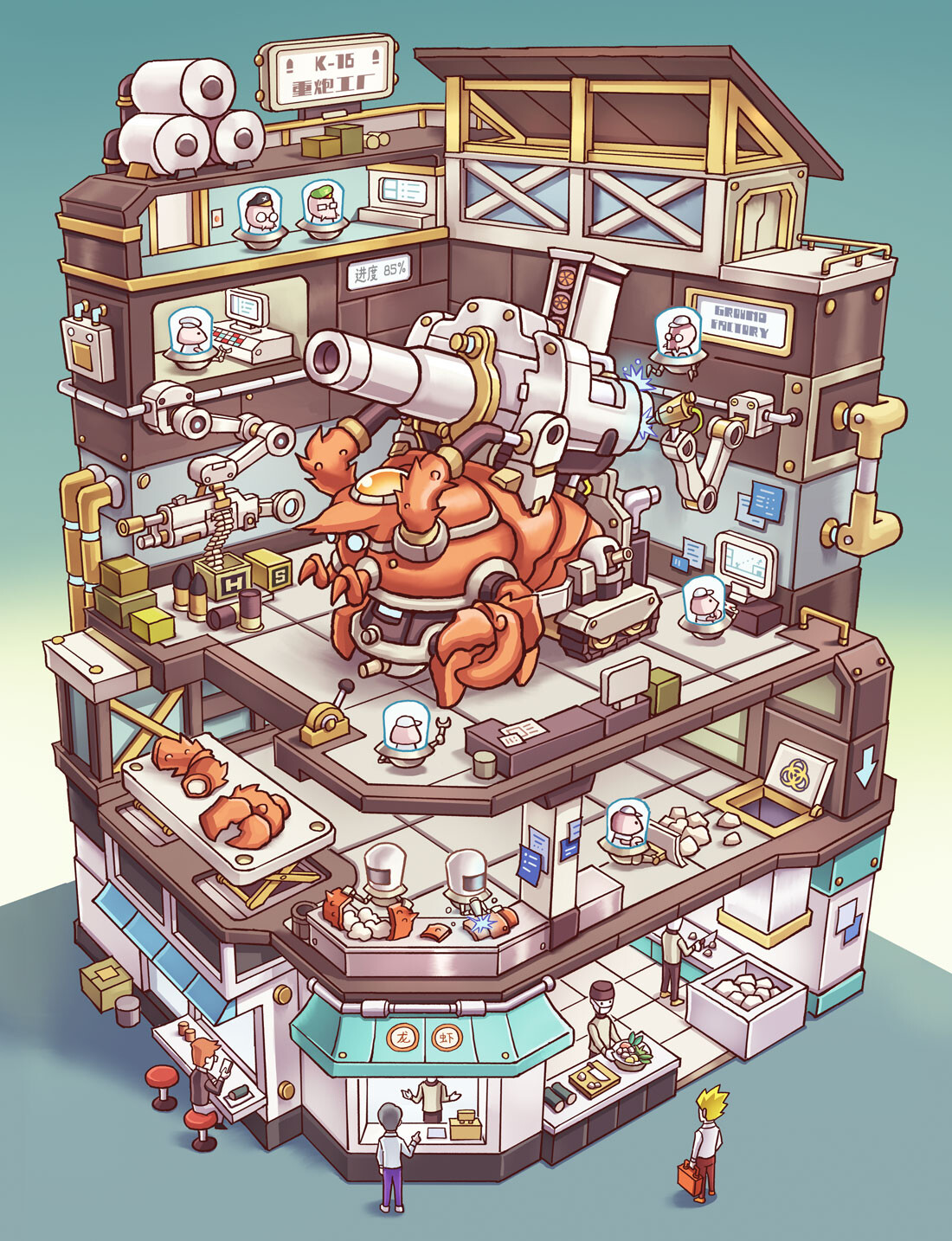




3Dprinting (185) A.I. (926) animation (356) blender (224) colour (241) commercials (53) composition (154) cool (375) design (661) Featured (94) hardware (319) IOS (109) jokes (141) lighting (302) modeling (160) music (189) photogrammetry (199) photography (758) production (1311) python (108) quotes (501) reference (318) software (1385) trailers (311) ves (579) VR (221)
POPULAR SEARCHES unreal | pipeline | virtual production | free | learn | photoshop | 360 | macro | google | nvidia | resolution | open source | hdri | real-time | photography basics | nuke
Year: 2019
-
Why Socrates Hated Democracy
Democracy is only as effective as the education system that surrounds it.
Representative Democracy requires you to make infeasible, popular promises to win power and to make pragmatic, unpopular compromises to maintain it.
https://www.polimeter.org/en/trudeau
-
LED fan wall display
Not even close to holography. But unfortunately marketed that way… :/
https://choicewars.com/product/3d-hologram-air-projector?pp=1
hypervsn.com/new-wall-category
-
History of programming languages
http://loadstorm.com/2013/05/history-of-programming-languages-infographic/
-
ILM to Open New Studio in Australia
The studio is opening a new studio in Sydney to better serve its clients and complement its current operations in San Francisco, where the company is headquartered, Singapore, Vancouver, and London.
“Sydney is an ideal location for our fifth studio,” noted Rob Bredow, Executive Creative Director and Head of ILM, adding, “there is abundant artistic and technical talent in the region which are both keys to ILM’s culture of innovation. It’s particularly exciting that the first film our new studio will contribute to will be Star Wars: The Rise of Skywalker.”
-
Annapurna Pictures Headed for Bankruptcy?
www.awn.com/news/annapurna-pictures-headed-bankruptcy
Annapurna Pictures, the film production, distribution and financing company founded in 2011 by Megan Ellison, daughter of software giant Oracle’s billionaire founder, Larry Ellison, is reportedly attempting to restructure a $350 million credit line secured in 2017 that the company either has or is about to default on.
Megan’s brother, David Ellison, is also in the entertainment business, though by focusing on tentpole properties, has had a much more profitable go at it; he is the founder of Skydance Media, the producer of the recent Mission Impossible hits, the Terminator sequels and the upcoming Top Gun: Maverick starring Tom Cruise.
COLLECTIONS
| Featured AI
| Design And Composition
| Explore posts
POPULAR SEARCHES
unreal | pipeline | virtual production | free | learn | photoshop | 360 | macro | google | nvidia | resolution | open source | hdri | real-time | photography basics | nuke
FEATURED POSTS
-
ComfyDock – The Easiest (Free) Way to Safely Run ComfyUI Sessions in a Boxed Container
-
Emmanuel Tsekleves – Writing Research Papers
-
Ross Pettit on The Agile Manager – How tech firms went for prioritizing cash flow instead of talent (and artists)
-
Python and TCL: Tips and Tricks for Foundry Nuke
-
Photography basics: How Exposure Stops (Aperture, Shutter Speed, and ISO) Affect Your Photos – cheat sheet cards
-
What the Boeing 737 MAX’s crashes can teach us about production business – the effects of commoditisation
-
How to paint a boardgame miniatures
-
Game Development tips
Social Links
DISCLAIMER – Links and images on this website may be protected by the respective owners’ copyright. All data submitted by users through this site shall be treated as freely available to share.



